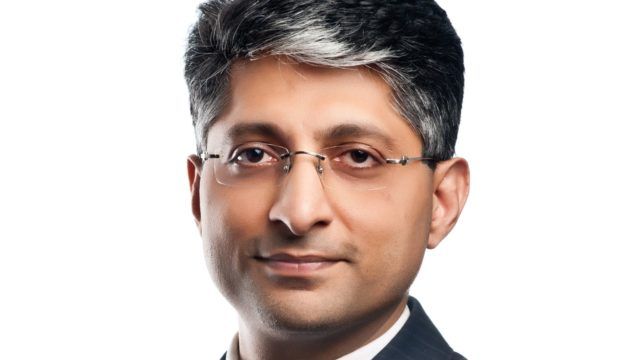Fixed income as an asset class has entered a “golden age” due to its high yields and stable income, according to Neeraj Seth, chief investment officer and head of Asia Pacific fundamental fixed income at BlackRock.
“I think we have entered the golden age of fixed income,” he told a recent media briefing in Singapore.
During the past 20 years, he highlighted how long it has been in financial markets since fixed income investors have had the ability to generate income with bonds without taking a lot of risk.
Indeed, during the era of low interest rates pre-Covid, bond investors often had to find additional income through either going into riskier credits or making strategic active bets on the widening or narrowing of spreads.
However, now that interest rates have been ratcheted up to 5% and given the future path of monetary policy seems to be headed in the right direction, Seth is bullish.
“Even though it’s slower than expected – maybe a bit more gradual – the policy path is still lower,” he said. “I think it’s extremely important when you think about that with regards to a portfolio, and how you benefit from the lower policy rates in the future.”
He added that nominal yields at this point given the policy path going forward, are “extremely attractive”.
Asian bonds look attractive
Due to the different inflationary environment in Asia, Seth said the broad macroeconomic backdrop in the region looks favourable relative to developed markets.
“Inflation in Asia is not as much of an issue as we’ve seen in the developed markets and a lot of it has to do with the history of the fiscal policy alongside monetary policy during the Covid period,” he said.
“Asia did not have as much of a fiscal impulse and hence doesn’t see as much of the price pressures on inflation issues.”
“So inflation is well behaved in most cases in Asia; it’s getting closer to the target range – if not already there.”
This is what makes the market quite attractive in Seth’s view because of the relatively high nominal and real interest rates.
However the potential path lower for monetary policy in Asia will depend to some extent on the actions of the Fed, he added.
Uncorrelated to developed markets
Navin Saigal, BlackRock’s head of Asia macro, fundamental fixed income, pointed to the divergence in policy rates and inflation between developed markets and Asia.
“Both of these are symptomatic of desynchronized economies,” he explained. “The economies between the largest Asian countries and the West have desynchronized for a number of reasons.”
“The pandemic is one of the reasons but really I would actually call it more of a catalyst into some other structural forces that still exist today.”
Three structural forces he highlighted were: fiscal policy divergence, demographic divergence and geopolitics reorientating supply chains.
He said this desynchronisation can be seen in the lack of correlation between US bonds and Asian bonds.
“That is pretty unique over time, and it has been zero for the last few years since the pandemic.”
“So we think while there is a unique opportunity to own global fixed income with 6% to 7% yields, and especially Asian bonds as a building block in a portfolio to build diversification.”
“In fact, you might want to pay even a premium to add an uncorrelated asset to your portfolio and we think Asian bonds sit in that category today.”

















